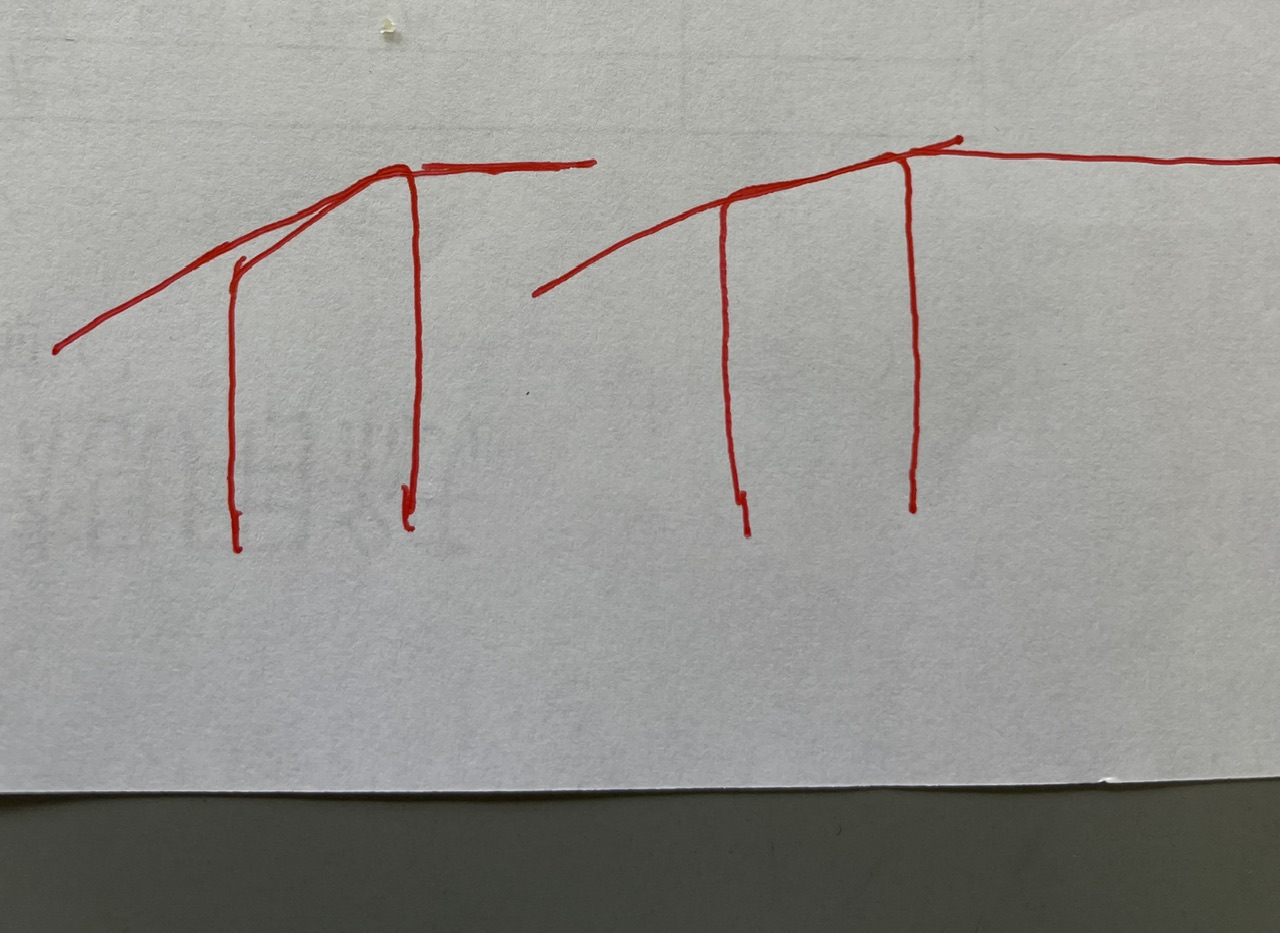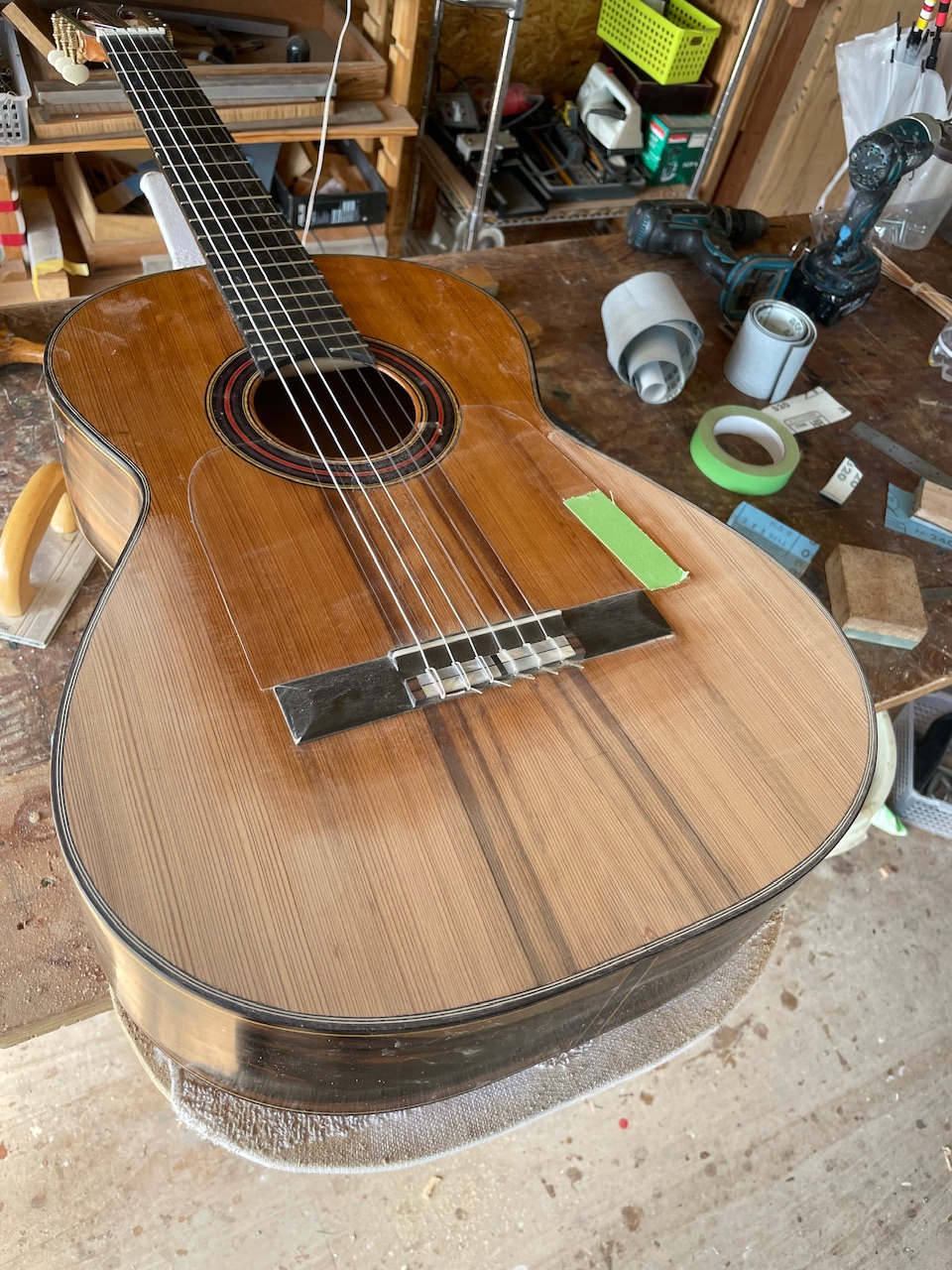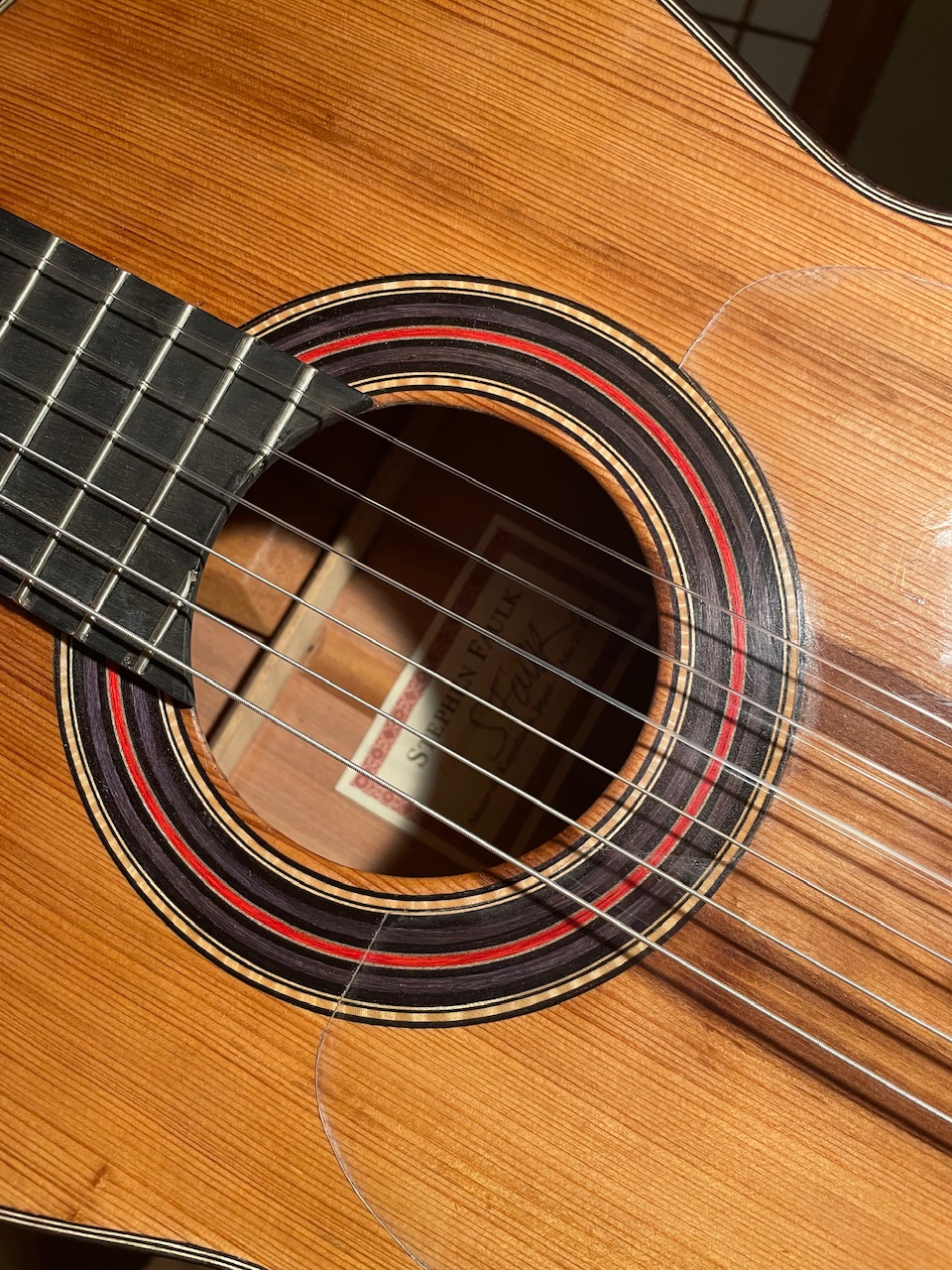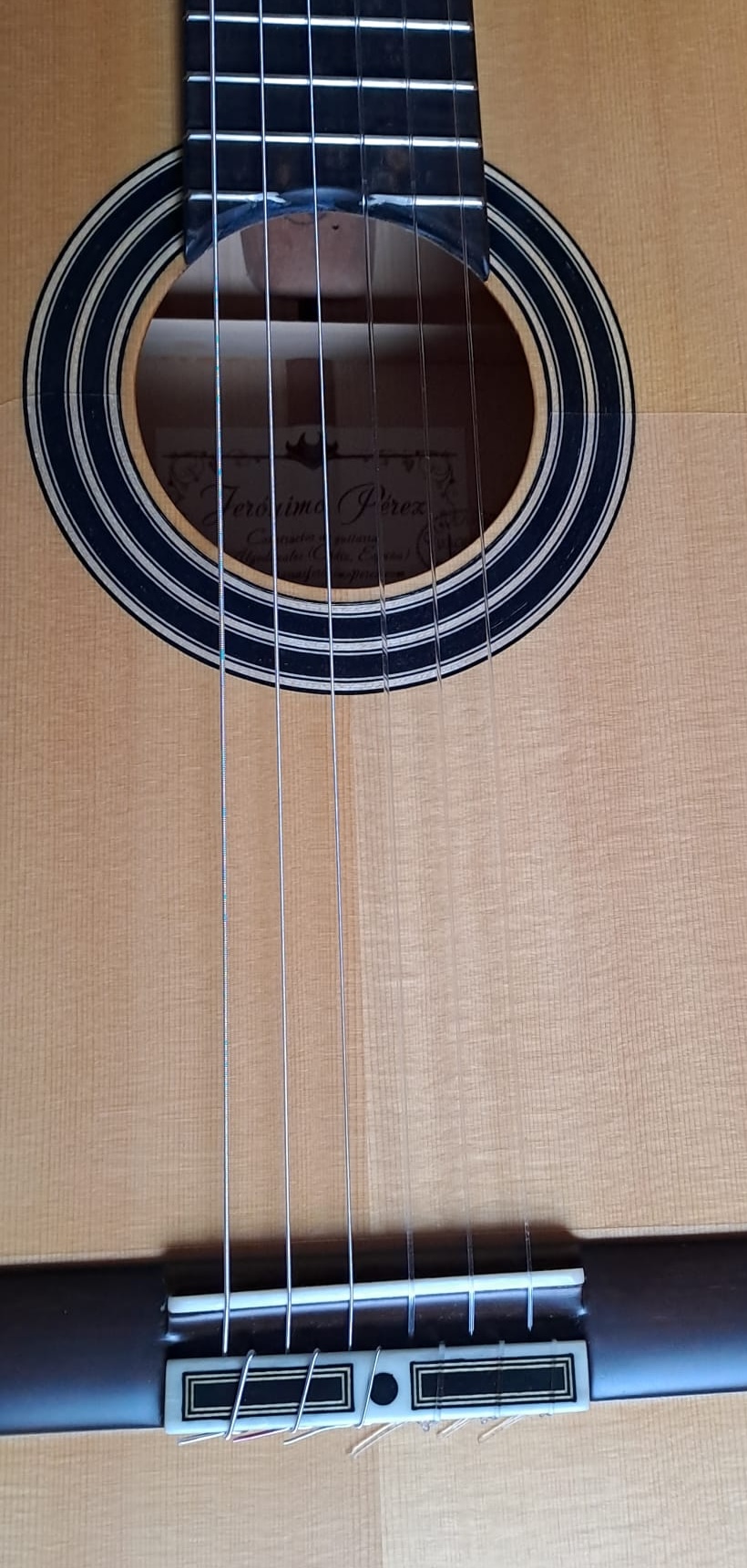|
estebanana -> RE: A guitar for moi (Oct. 1 2025 1:58:26)
|
In the restaurant business there’s a saying about success, location, location, location. Well I guess that’s part of it, but if the food is good, I’ll make special trip to a difficult to reach restaurant.
In guitar making there should be a saying: set up, set up, set up. Or like the famous James Carville quote from the 1994 presidential election-
“It’s the economy, stupid”
This quote is used a template for many situations for Americans to express consternation. If you lose a fish, it’s the knot tying, stupid. If someone is an alcoholic, it’s the vodka, stupid. If you’re a guitar maker…
Well you see where that goes.
I’ve been ignoring this guitar, I’ve not had as much time to play and I was disappointed in it. Last night I was making a new nut for another guitar visiting the shop and I noticed it was kind of loose in the slot between fingerboard and headstock plate so I took extreme care to fit the new nut in at tight as possible without it being ridiculously tight, you could hammer it in right, but who wants that? It’s got to be very snug, but still be thumb and forefinger removable by a being with opposable digits. When the new nut was carefully crafted and the strings were gradually bedded down to the right height to impart excellent ‘pulsacion’ ( let’s all go to the bar)
The guitar improved by 30%, the liveness of the guitar changed, the loose nut was killing the soul of the guitar and as soon as it had a terminal anchor point for the string at the top of the fingerboard, it found its true depth of voice. It’s because the nut transmits energy to the neck by providing a positive connection with no movement in the space between fingerboard and headstock. It needs to provide rock solid still point to the string, so the string is not losing power by vibrating the nut instead of the nut stopping the string.
After I worked on that guitar and was satisfied with the improvement, I thought, did I miss something on the Yakisugi guitar? I put in on the bench and got my optivisor magnifying unit on my head. Strong light and close inspection revealed a mistake I didn’t see the first time around with set up. Maybe I was tired that night.
I had made the slope of the top of the nut to steep in how it angled back. This prevented the treble ‘e’ from completely bedding down in the nut slot, the back end of the string exiting the nut was deceptively not touching the bottom of the slot. It looked correct, but by flexing the string with a fingernail at the rear side of the nut, there was play. A flaw in the system.
I made a new nut, and made sure the strings had a positive 100% contact in the slot and that the slot was more level across the nut, rather than having a slight backward slope towards the tuner rollers.
Result, brighter trebles.
Here’s an exaggerated drawing of a problem that was very subtle, but definitely an oversight in final set up.
Before I release a guitar to a customer I triple check the set up, I didn’t in the case of my own guitar because I was in a hurry to get on the next commitment.
It’s the set-up, stupid.

Images are resized automatically to a maximum width of 800px
|
|
|
|






